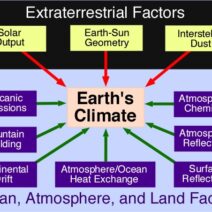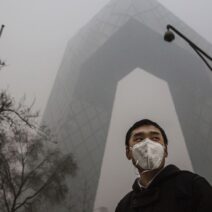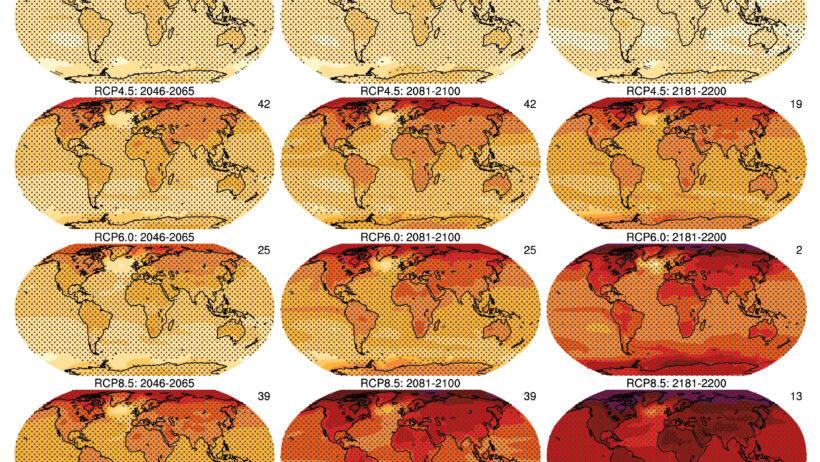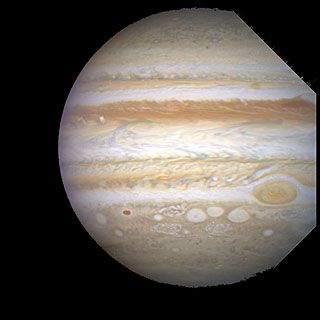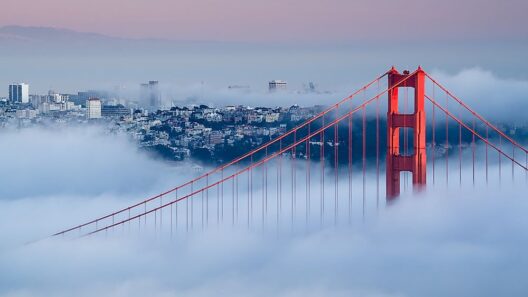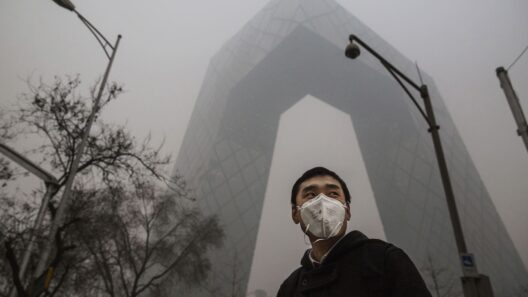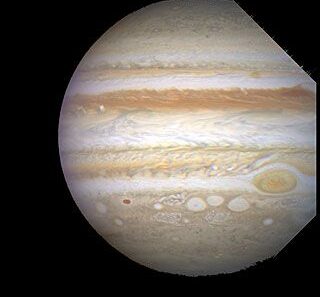When contemplating climate change, it’s essential to acknowledge its duality: a natural occurrence as well as a man-made cataclysm. Throughout geological history, Earth’s climate has oscillated dramatically—marked by severe ice ages and balmy interludes. Refuting claims that climate change is solely a byproduct of human activity necessitates an exploration into the intrinsic workings of Earth’s complex climate systems. Nature, in her intricate dance, orchestrates climatic shifts through a multitude of processes. However, today’s climate change ascends far beyond mere natural variability.
Initially, one must delineate the natural mechanisms that instigate climatic alterations. Solar radiation, Earth’s axial tilt, and orbital variations—collectively termed Milankovitch cycles—serve as fundamental players in the long-term climate saga. These celestial interactions dictate the amount of solar energy received by our planet, thereby triggering warming or cooling termini. The glacial advances and retreats of the Pleistocene epoch epitomize such natural dynamics. However, like an artist revisiting the same canvas, today’s context commandeers an entirely new palette of strokes, deftly shaping a reality that ventures into perilous territory.
Indeed, the Earth’s climate has survived manifold transformations, yet what distinguishes contemporary shifts is the unprecedented rate of change. In epochs past, shifts occurred over millennia, allowing ecosystems to adapt. Today, the current trajectory is catapulting at such a velocity that the time for adaptation becomes a mirage. The Industrial Revolution, for instance, unleashed carbon emissions at an alarming rate, creating an anthropogenic imprint upon our climate system. Consider carbon dioxides as unwelcome guests crashing a party, tipping the atmospheric balance far beyond the hosts’ capacity to maintain order.
Notably, one cannot underestimate the role of deforestation, urbanization, and industrialization. While these processes are enmeshed within the spectrum of natural climate variation, they have introduced an artificiality that amplifies the consequences. Large swathes of forests, which previously acted as carbon sinks, have been razed to accommodate agricultural and urban needs. Deforestation, akin to pulling the rug out from under a delicate teetering scale, has accelerated the accumulation of greenhouse gases in the atmosphere. Nature’s inherent checks and balances are being upended, perpetuating a cycle of instability.
In addition, it is crucial to examine the accelerating phenomenon of feedback loops that exacerbate climate change today. The Arctic, a once-stable carbon reservoir, unveils an alarming revelation: as polar ice melts, it exposes darker ocean waters that absorb greater amounts of solar energy. This, in turn, exacerbates warming—an unfurling cascade of climatic repercussions. Such feedback mechanisms underscore the fragile interconnections within the Earth’s system, reminiscent of the interlocking gears of an intricate clock, where one misalignment can yield widespread discord.
The scientific community increasingly acknowledges that the current trajectory of warming is distinct. While natural events such as volcanic eruptions and solar variations still reverberate through climate evolution, their contributions pale in comparison to the relentless march of industrial emissions. The most recent reports reveal that atmospheric concentrations of carbon dioxide have reached levels not observed for at least 800,000 years—a telling wake-up call signifying the profound influence humankind exerts upon native atmospheric equilibria. An understanding of these statistics is imperative, as ignorance births inaction in an age that demands conscientiousness.
So, what does this mean for future generations? Engaging with this reality is analogous to traversing a treacherous path laid with an assortment of obstacles. Without intervention, ecosystems are bound to unravel, pushing many species to extinction. Coral reefs, the vibrant underwater metropolises, are bleached into ghostly remnants, threatening biodiversity and human livelihoods alike. Should we proceed down this path, the ramifications become dire, not only for nature but for humanity that draws sustenance and cultural identity from it.
Critically, there exists a multifaceted responsibility that long transcends a singular governmental or institutional realm. Individuals, communities, and global coalitions must mobilize collective efforts to mitigate the plight of climate change. Renewable energy sources—solar, wind, and hydro—emerge as persuasive solutions, reshaping our energy discourse and challenging the hegemony of fossil fuels. Transforming our approach to consumption and fostering sustainable practices can create ripples of change reminiscent of pebbles cast into a tranquil pond, reverberating through environments and societies alike.
A poignant analogy arises when considering climate change as a slow-motion train wreck; its trajectory initially appears innocuous, but the mounting velocity compels vigilance. Actions today inform the legacy we leave behind for those who inherit the Earth. We stand at a crossroads: to recognize the complexities of natural climate processes while simultaneously acknowledging the exacerbating influences of anthropogenic activities. The synthesis of this understanding embodies the essence of global stewardship.
In summation, climate change is an ever-evolving narrative that oscillates between the natural and the artificial, revealing a stark reality while reflecting a need for urgency. Awareness of both its historical context and contemporary impacts is imperative. While nature has its cycles, our current predicament is a clarion call, urging humanity to act decisively in the face of impending change. Change is inevitable, but how we navigate this tumultuous sea of transformation hinges upon our collective resolve today.
